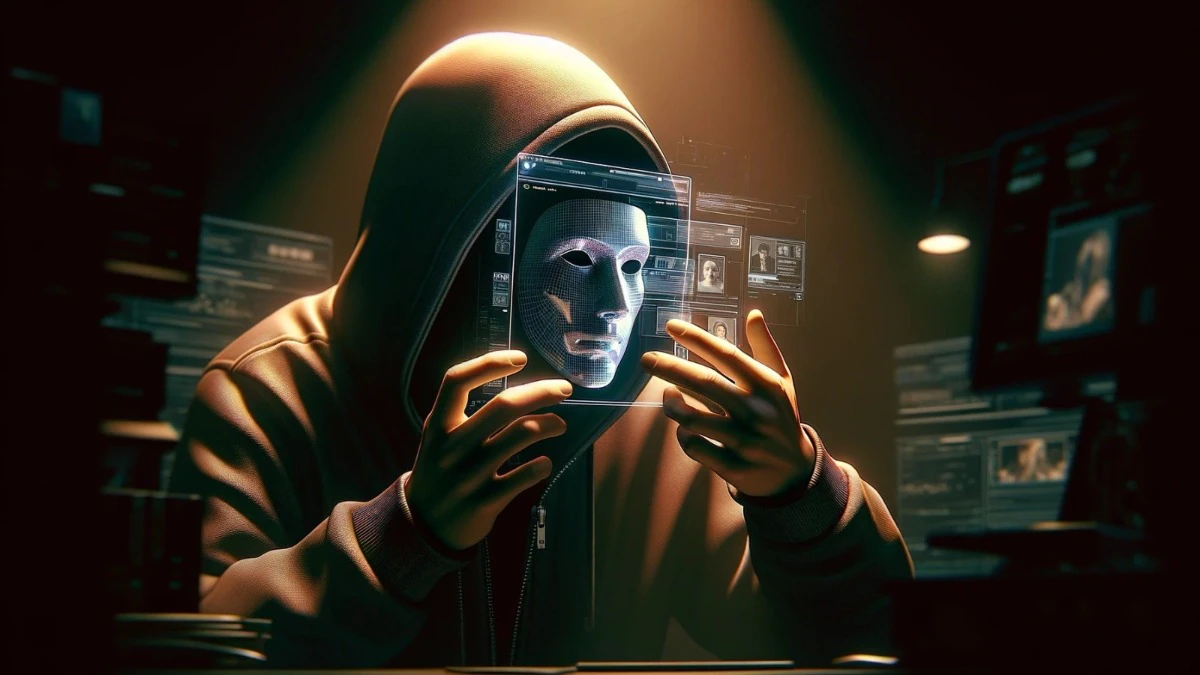
Based on the findings of the Kaspersky Business Digitization survey, approximately 75% of employees in the UAE claim they can distinguish a deepfake from a genuine image. However, when put to the test, only 37% demonstrated the ability to differentiate between a real image and one generated by artificial intelligence (AI). This suggests that organizations are susceptible to potential scams, as cybercriminals exploit generative AI imagery for illicit purposes. These fraudulent activities include the creation of deepfake videos or images to deceive individuals or organizations.
For example, cybercriminals may craft a fabricated video featuring a CEO initiating a wire transfer or approving a payment, leading to the theft of corporate funds. Additionally, manipulated videos or images of individuals can be produced, enabling extortion for money or sensitive information. The misuse of deepfakes extends to spreading false information and manipulating public opinion. Concerningly, 75% of UAE employees believe their companies are at risk of financial losses due to the impact of deepfakes.
“Despite numerous employees believing they were adept at identifying deepfakes, our study revealed that only half were actually proficient. This tendency to overestimate one’s digital competencies can pose significant security risks to organizations, leaving them vulnerable in areas like infrastructure, funds, and product security,” explains Dmitry Anikin, Senior Data Scientist at Kaspersky. “Tracking activities on the Dark web is crucial in understanding the deepfake industry. It allows us to follow the latest trends and threat actor behaviors in this domain. Such continuous surveillance is an essential aspect of deepfake research, aiding in the comprehension of this evolving threat landscape. Kaspersky’s Digital Footprint Intelligence service encompasses this monitoring, providing an edge in countering deepfake-related dangers.”
Kaspersky suggests the following measures:
